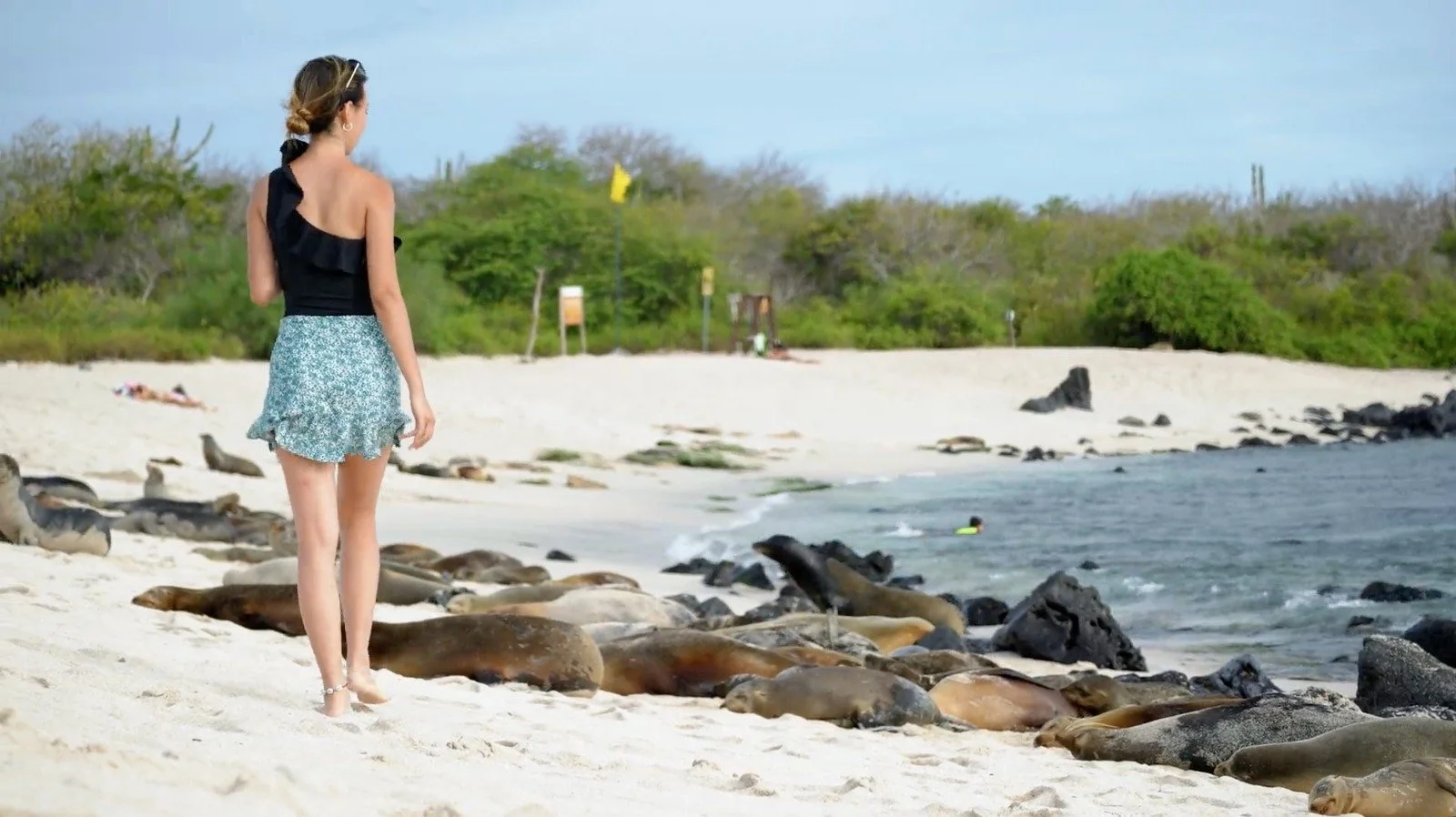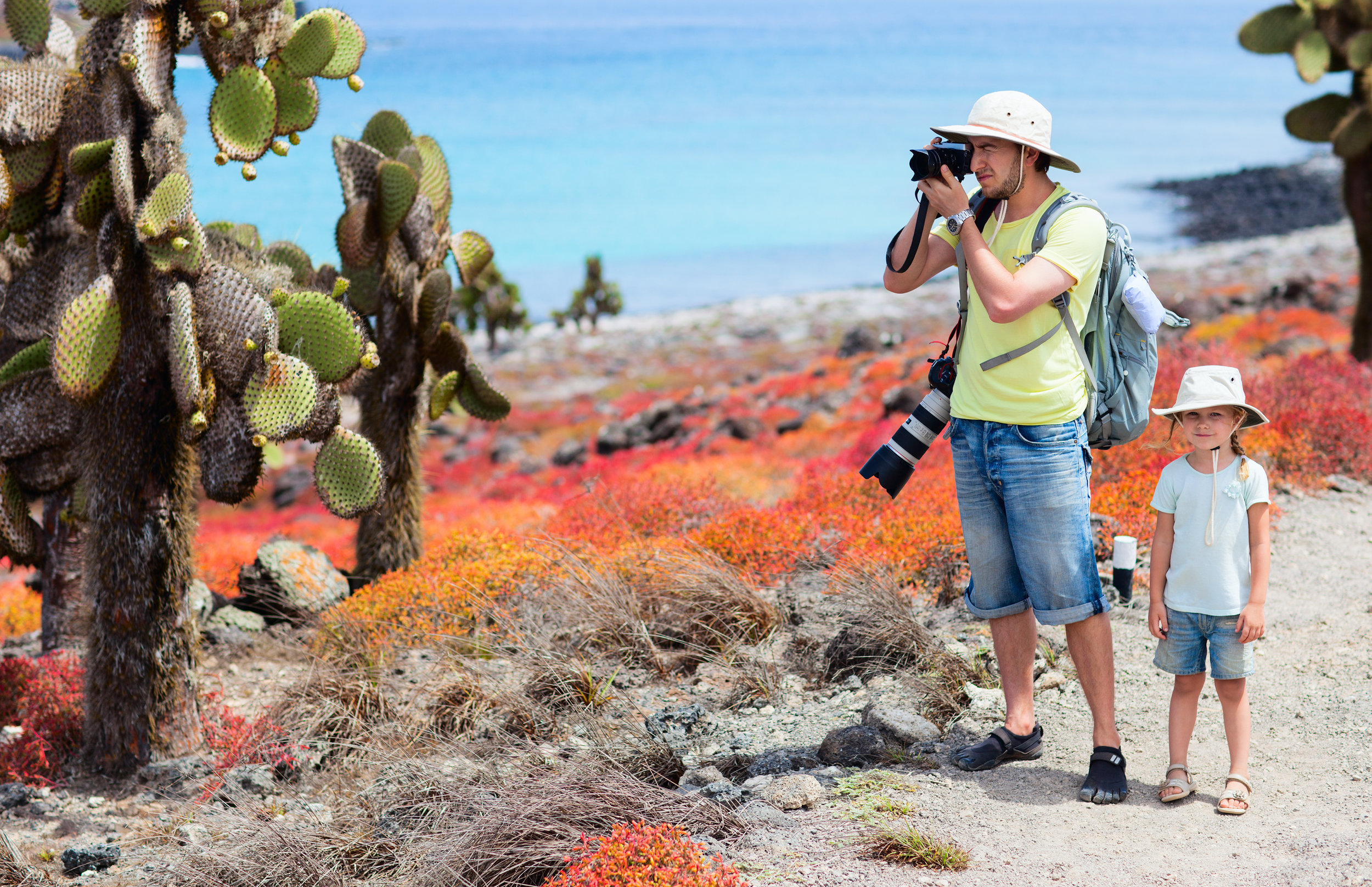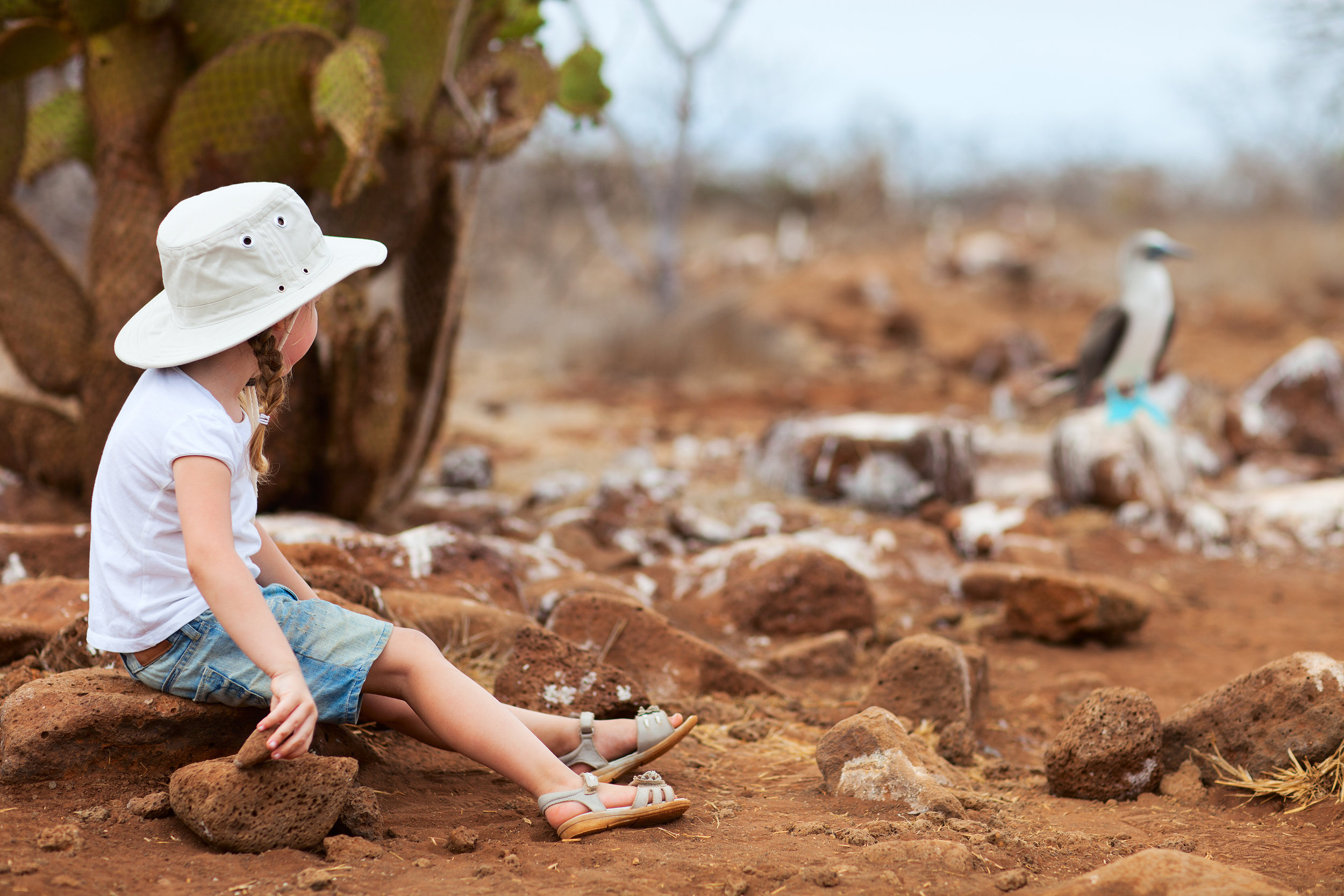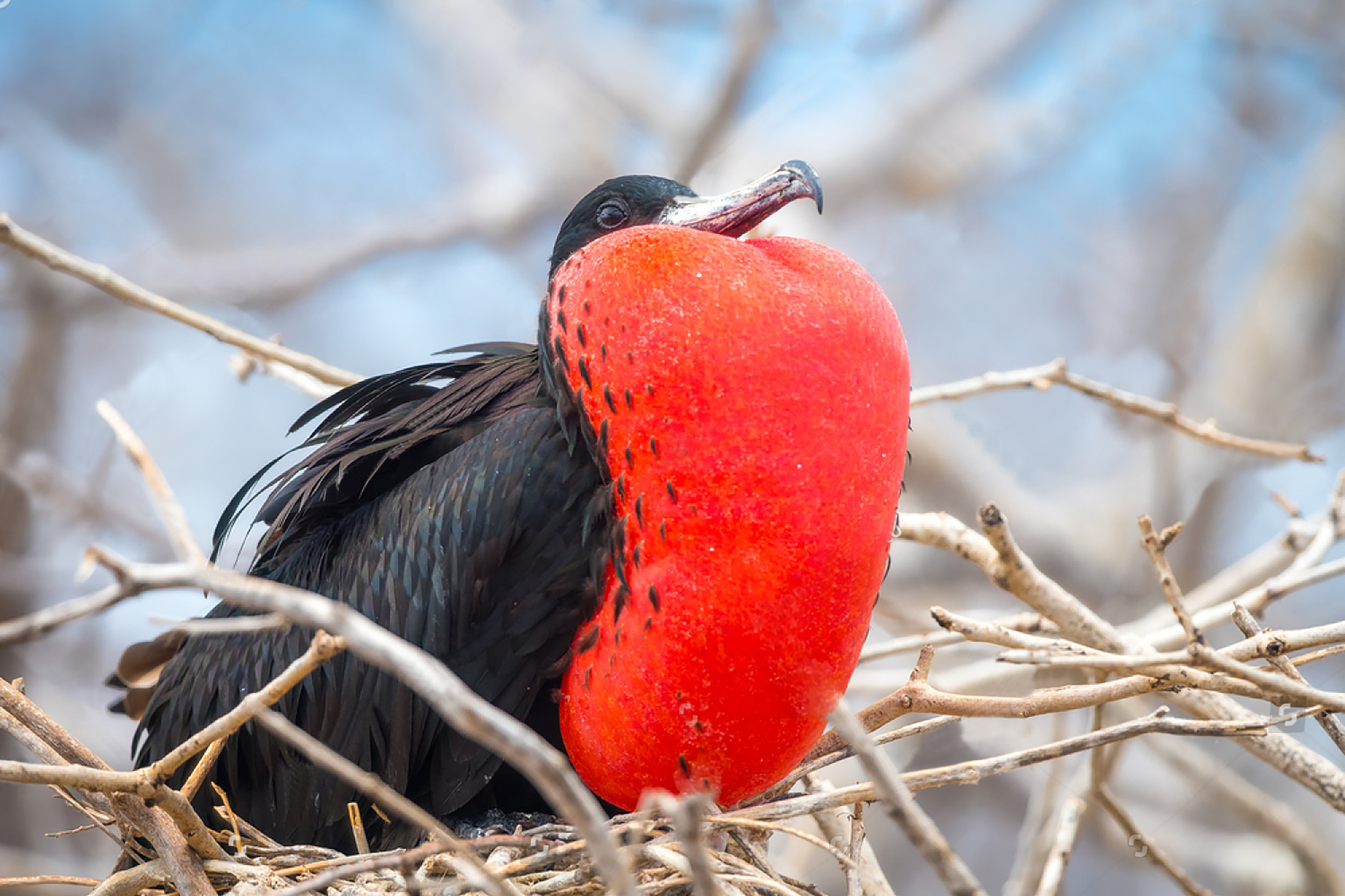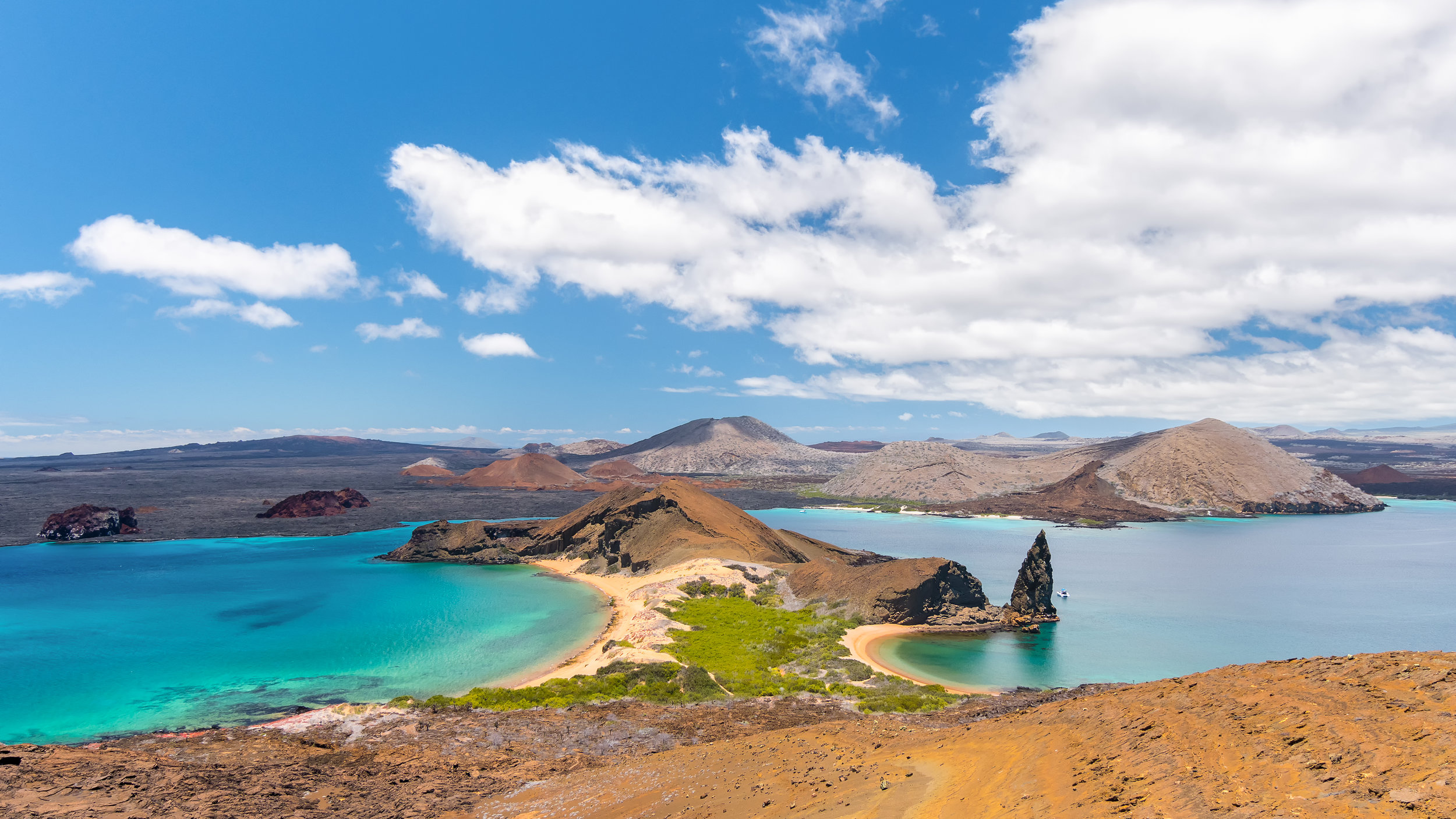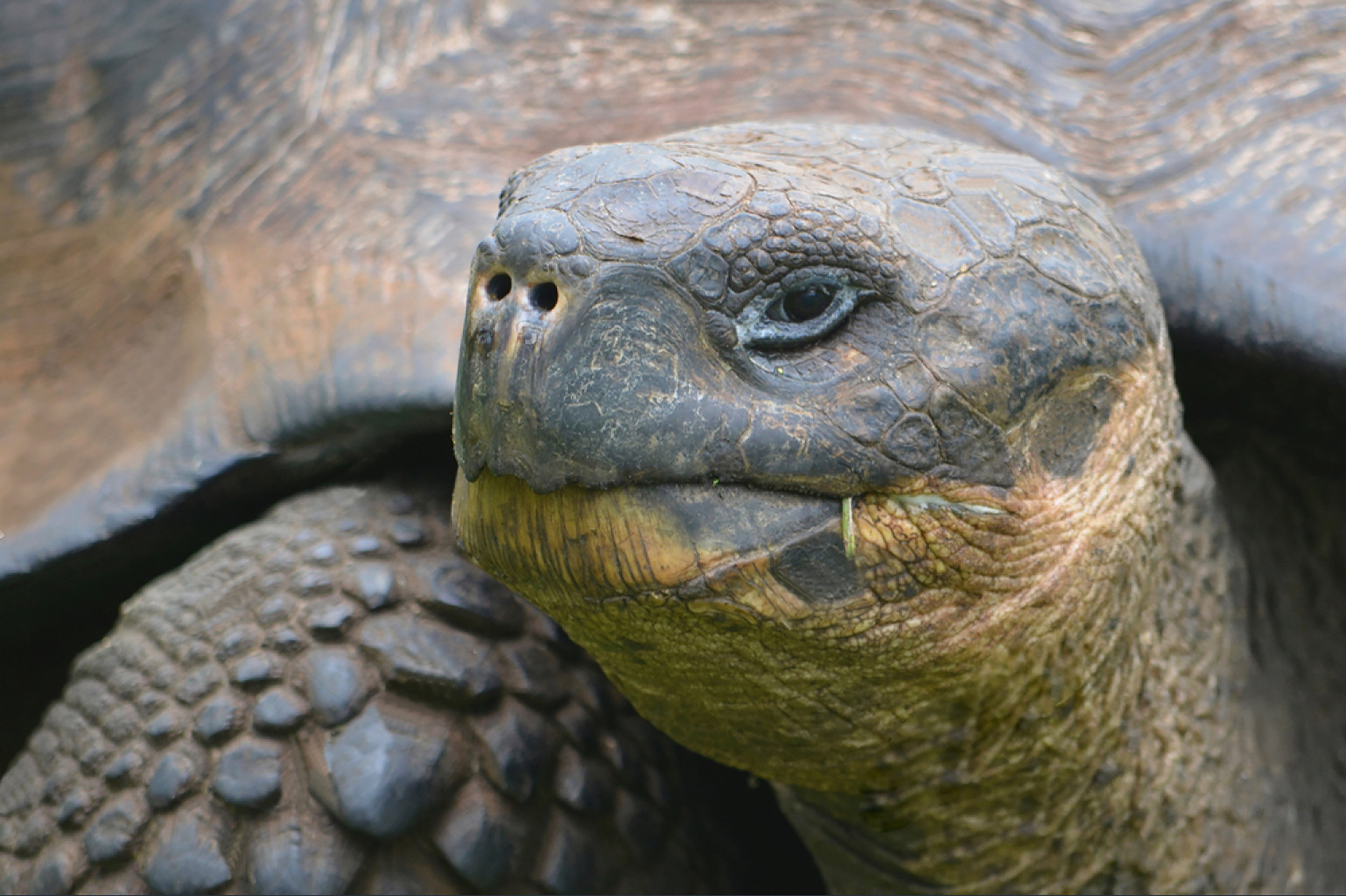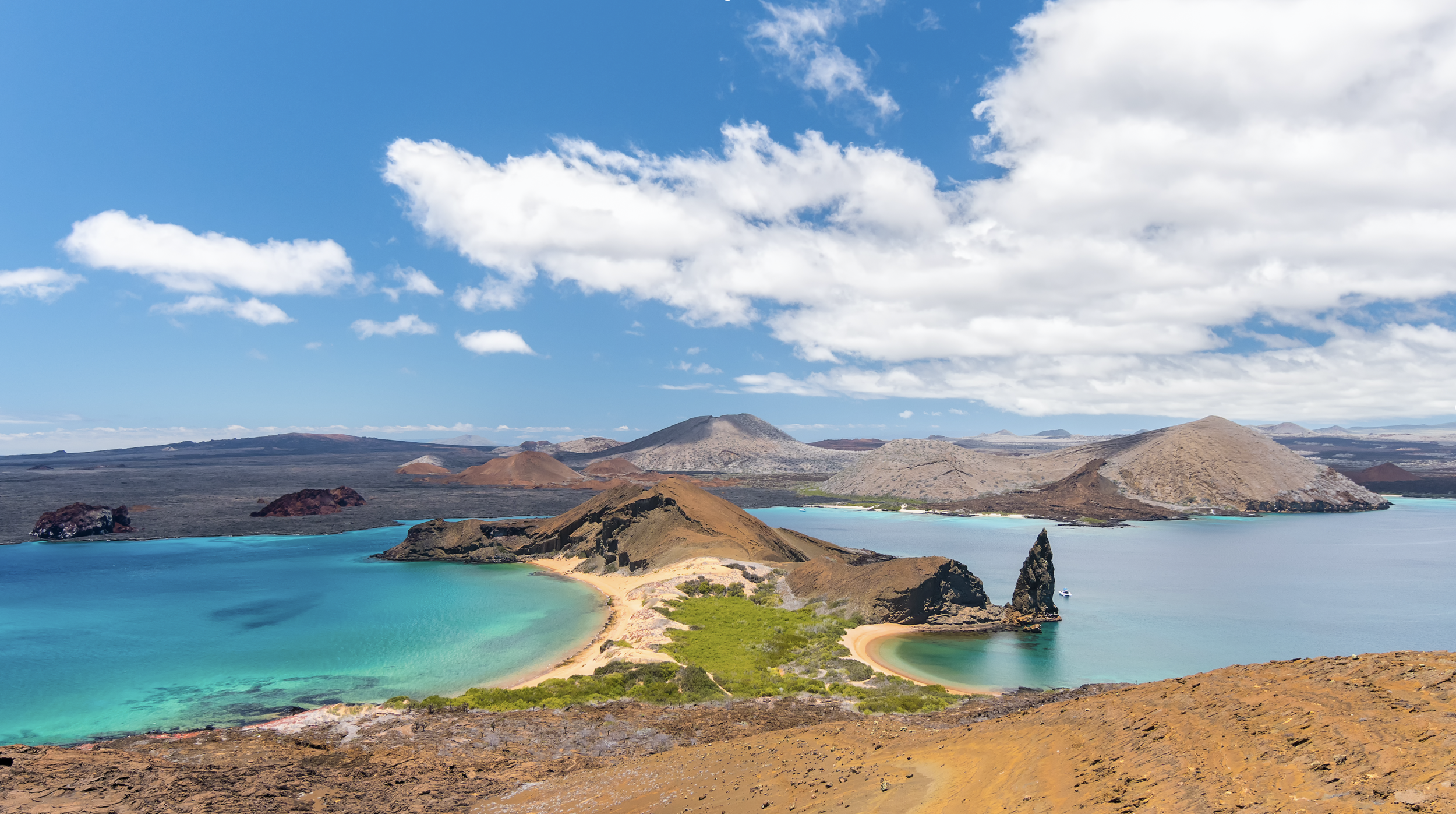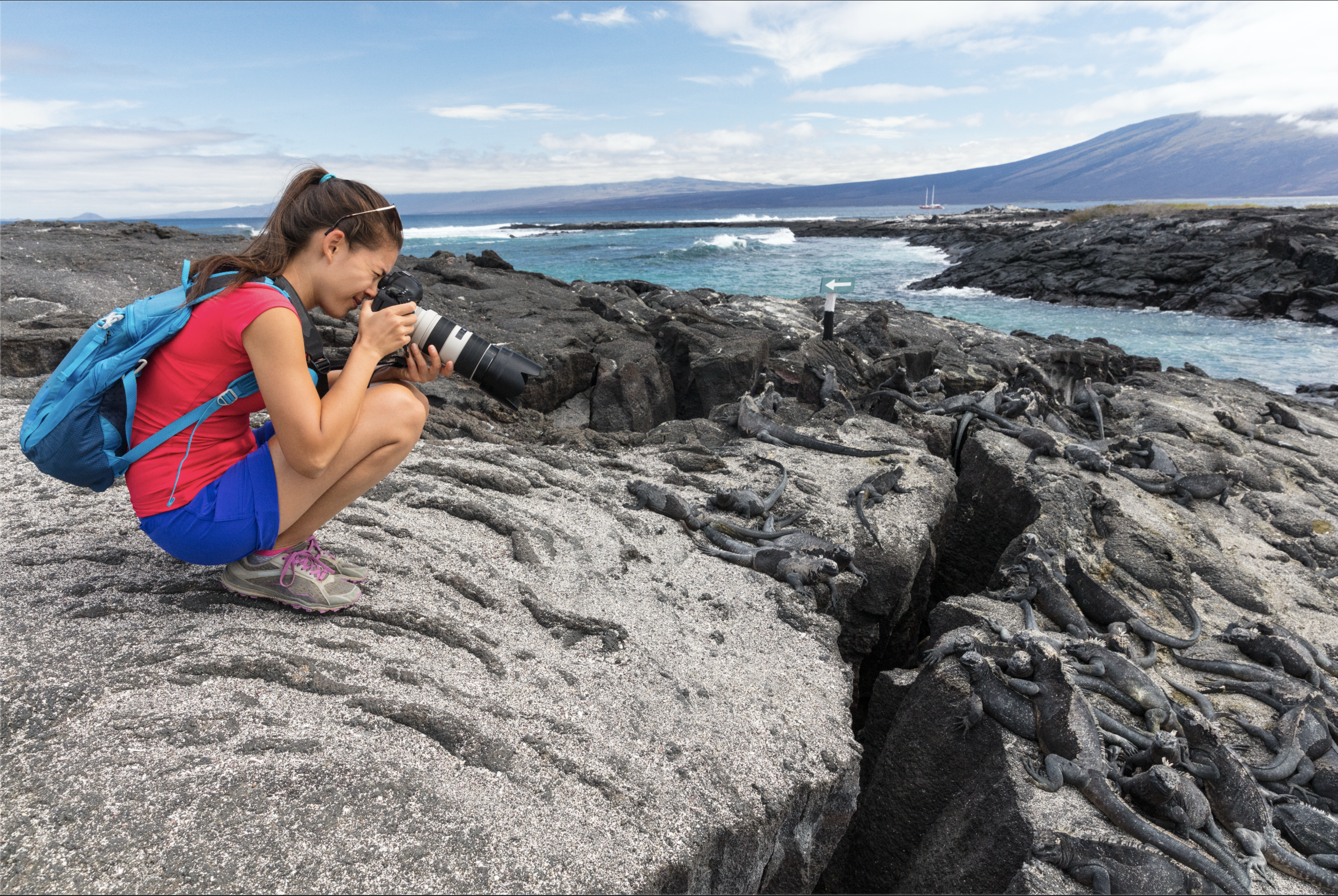GALAPAGOS ISLANDS, THE LIVING LABORATORY OF EVOLUTION.
Choose from any of the choices below:
Galapagos
Availability all year
The Galapagos Islands are the second largest marine reserve on the planet4 and were declared a World Heritage Site in 1978 by Unesco. The archipelago's main source of income is tourism and receives 200,000 tourists a year.5 Eco-tourism has also been developed in order to preserve species. The region was the habitat of Lonesome George, the last specimen of the giant Pinta tortoise, extinct on June 24, 2012.6 The islands are also habitat for species such as sea turtles, dolphins, sharks, hammerheads, whales, coral reefs, frigate birds, iguanas, lizards, cormorants, albatross, sea lions, and penguins.7 Like the Ecuadorian landmass, the archipelago is crossed by the equatorial line, mostly to the north of Isabela Island. Galapagos is the second most volcanically active archipelago on the planet, surpassed only by Hawaii.8 It falls into the category of hot spots; the most active volcanoes are Cerro Azul, Sierra Negra, Marchena and La Cumbre volcano on Fernandina Island, which is the most active in the archipelago and one of the most active in the world.9 The Galapagos are known for its numerous endemic species and for the studies of Charles Darwin that led him to establish his theory of evolution by natural selection.
Ecuador
〰️
Perú
〰️
Costa Rica
〰️
Spain
〰️
Ecuador 〰️ Perú 〰️ Costa Rica 〰️ Spain 〰️
Trips to Galapagos Islands designed specifically and specially for children.
Bring you grandkids and accompany your child to Darwin´s Laboratory of Evolution. They will not only learn first hand about the vast ecology and geology of the Islands but have fun snorkeling with sealions and pinguins.

